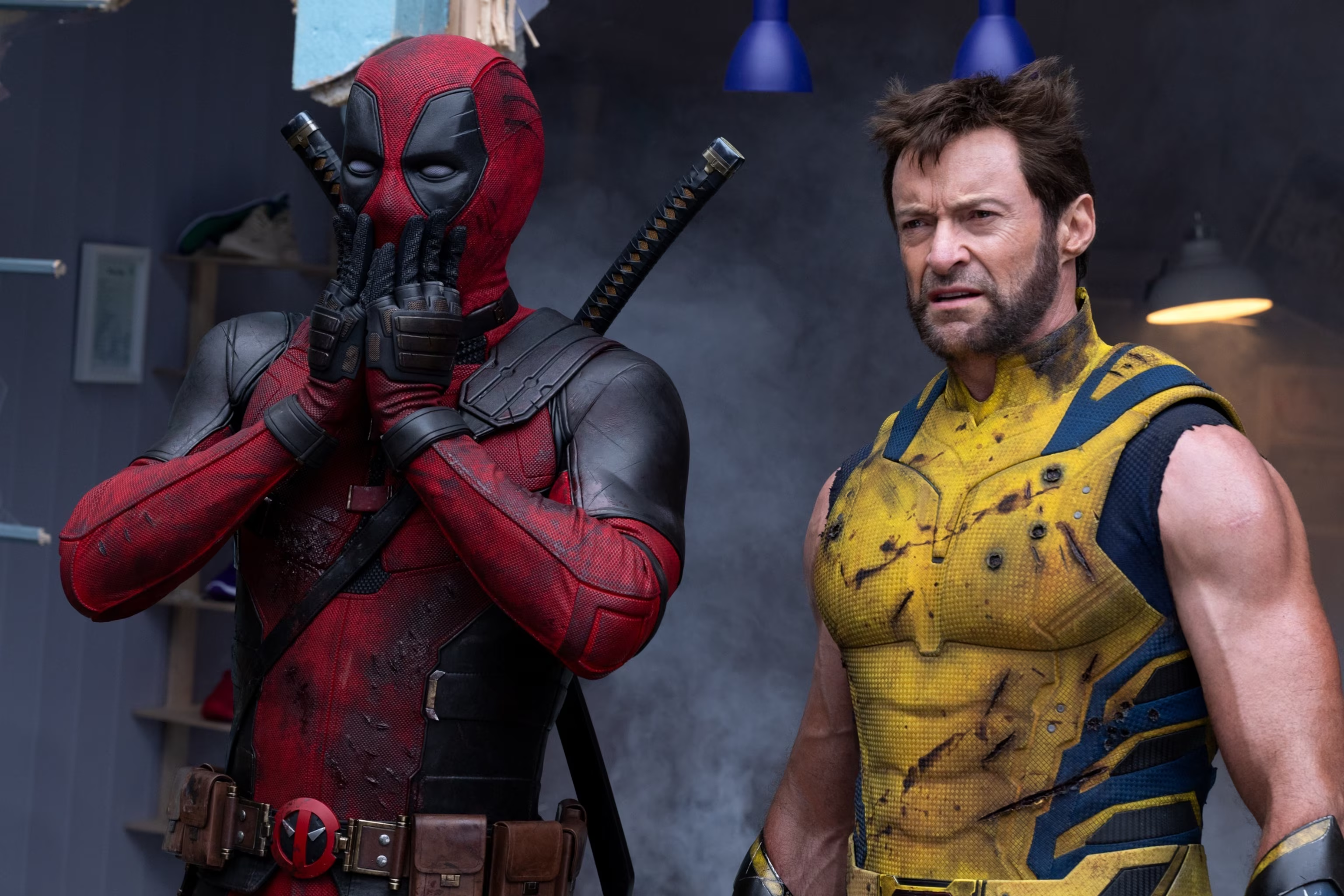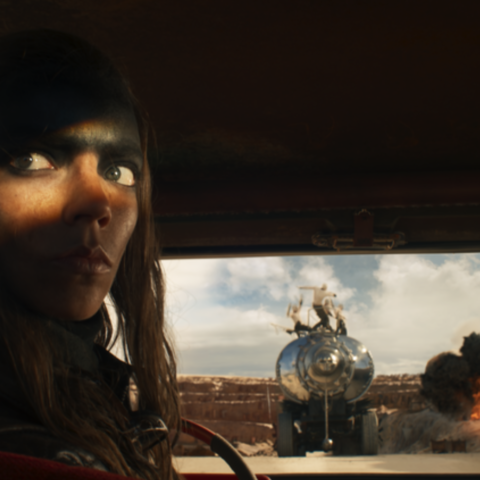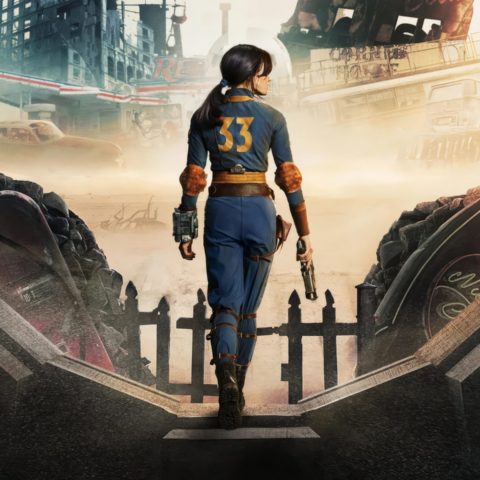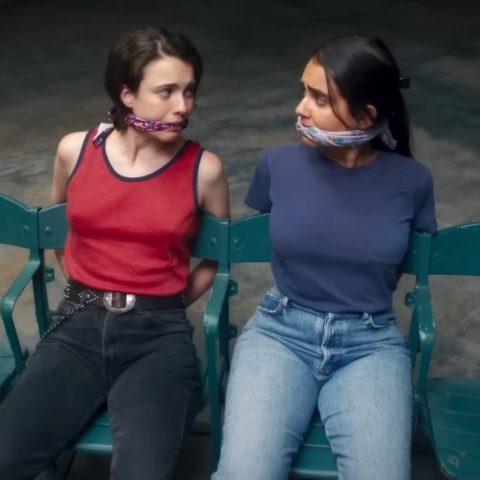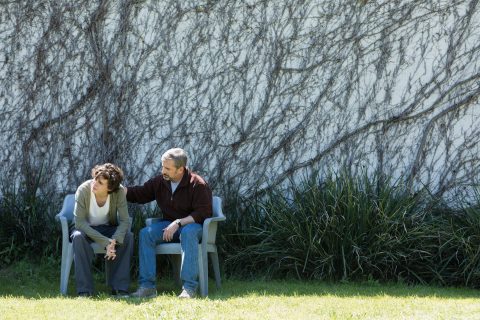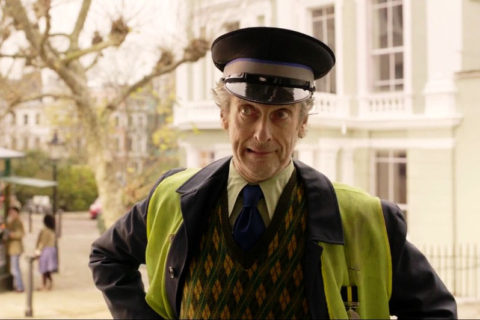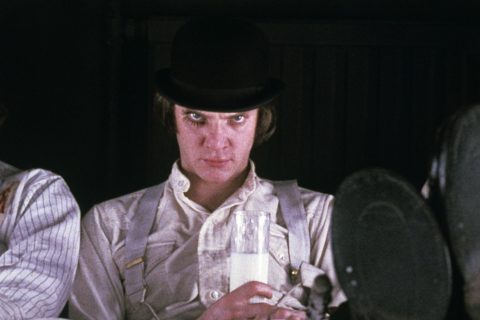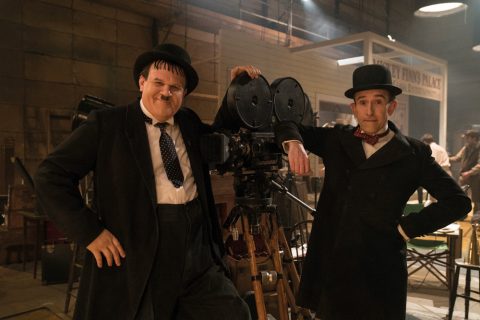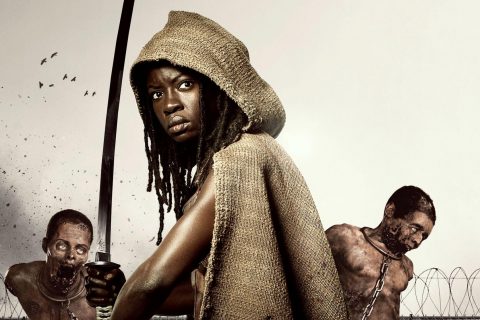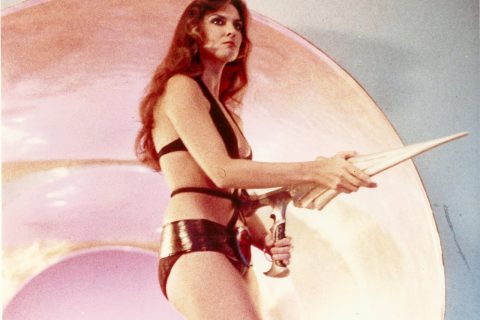Classic scene: Blade Runner
“The light that burns twice as fast, burns half as long…”
2020 may not have turned out exactly like the dystopian nightmare that Blade Runner foretold on its 1982 release (it’s actually way worse) but the film remains a stone cold sci-fi classic. One of the most influential films in cinema history, whose production design set the grimy, neon-soaked template for pretty much everything cool that was made in the 80s, Ridley Scott’s Blade Runner transports us to a futuristic but dilapidated Los Angeles, where synthetic replicants walk (and exotic dance) amongst us.
But did you know…
1) While the film is loosely based on the 1968 novel Do Androids Dream of Electric Sheep? by Philip K. Dick, the title was actually borrowed from a different text. Co-screenwriter Hampton Fancher took the term from a screenplay written by William S. Burroughs, an adaptation of the 1974 book The Bladerunner by Alan Nourse, which is where the term was first used. After a few months of working on the script, Scott asked Fancher what Rick Deckard’s profession was. “I was looking through my books and came across a thin little volume by William Burroughs called Blade Runner”, said Fancher. “Everybody liked it, then later, we needed a new title other than the ones we’d been considering and Michael Deeley, the producer, said, ‘It’s staring us right in the face.’”
2) Working to a tight $28 million budget, Blade Runner “recycled” a few used props from other Hollywood blockbusters. One scene shows a launch sequence screen identical to one used in Scott’s Alien, while the LA cityscape features a five foot Millennium Falcon model in multiple shots, redressed as various buildings. As a nod back, there are three Spinners in Coruscant scenes in The Phantom Menace if you look very, very carefully.
This clip is an excerpt from the documentary “Blade Runner – Designing the Future”.

